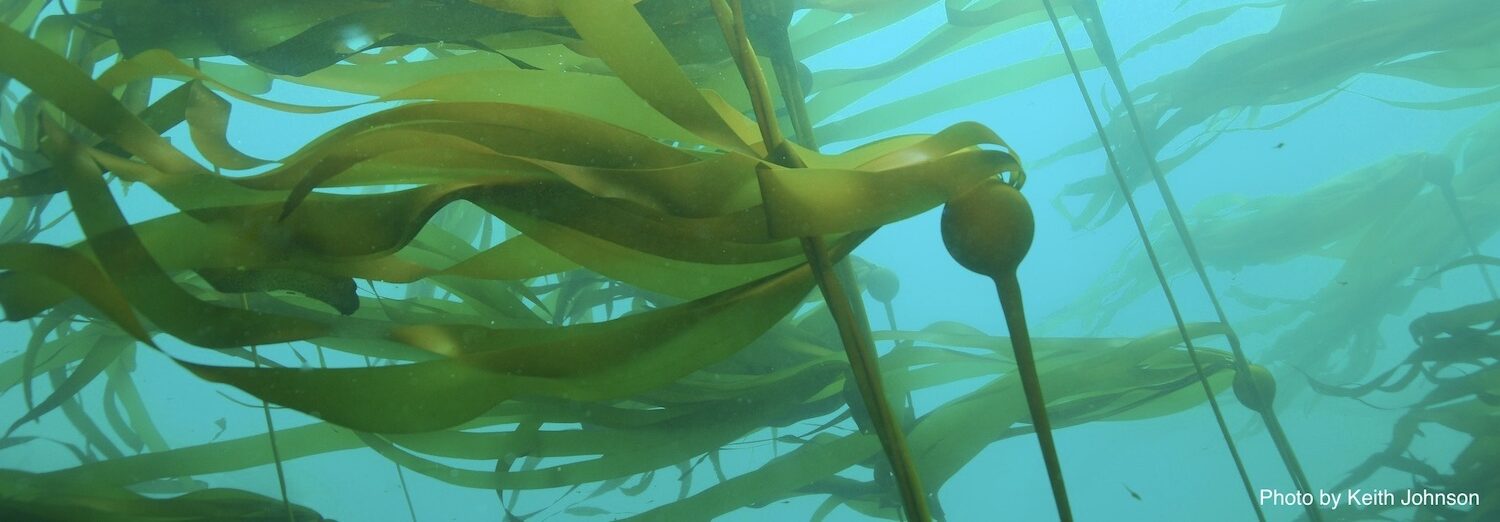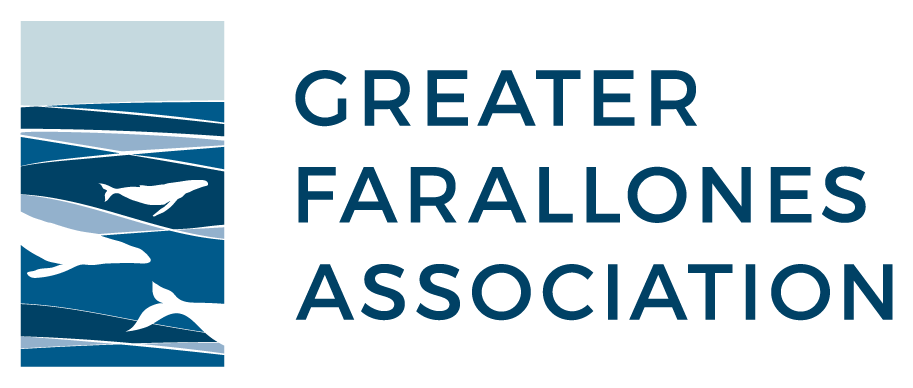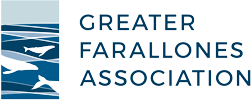
The Greater Farallones Kelp Restoration Project is a collaborative effort led by the Greater Farallones Association (GFA) and NOAA’s Greater Farallones and Cordell Bank National Marine Sanctuaries, working with state and federal agencies, academic institutions, nonprofit organizations, tribes, fisheries, and local communities. Together, we aim to restore and protect bull kelp forests along the northern California coastline—habitats that support marine life, sustain fisheries, and drive the coastal economy.
Why Restoration Matters
Bull kelp forests are the underwater rainforests of our coastline, providing food and shelter for fish, invertebrates, seabirds, and marine mammals. Over the last decade, these habitats have declined by over 90% due to a surge in purple urchins, loss of natural predators, and warming ocean conditions. This collapse has caused:
- An 80% decline in the commercial red urchin fishery (a $3M ex-vessel value)
- The closure of the recreational red abalone fishery (a $44M non-market value)
- Long-term losses for fishing families and coastal businesses
Restoring kelp forests will help revitalize local fisheries, support tourism, and rebuild the ocean resources that coastal communities rely on.
A Community-Driven Restoration Plan
To address the crisis, GFA led the creation of the Sonoma-Mendocino Kelp Restoration Plan, a guidance document developed following the recommendations from scientific experts, tribes, diverse stakeholders, and the public through the Greater Farallones NMS Sanctuary Advisory Council. This plan lays out strategies for kelp recovery and guides all project activities.
Our Approach
We’re working to bring kelp forests back by:
- Reducing urchin overpopulation with help from local commercial divers
- Outplanting bull kelp to replenish spores and regrow habitat
- Monitoring ecosystem health through collaborative science
- Partnering with fisheries and tribes to create jobs and rebuild coastal livelihoods
- Engaging communities through outreach, youth education, and school programs
Our efforts focus on priority restoration sites—Fort Ross Cove, Timber Cove, Ocean Cove, and Sea Ranch—to create thriving kelp oases that can help repopulate the broader coast and restore fishing opportunities.
Get Involved
We host quarterly Kelp Restoration Network meetings, open to everyone interested in this work! Join us to learn, share ideas, and collaborate on restoration and conservation of kelp forests.
Contact:
Rietta Hohman, Program Manager
rhohman@farallones.org | rietta.hohman@noaa.gov
Partners
This project is made possible through a diverse network of partners, including NOAA Greater Farallones and Cordell Bank National Marine Sanctuaries, NOAA’s Office of Habitat Conservation, National Fish and Wildlife Foundation, California Department of Fish and Wildlife, The Nature Conservancy, Stanford University, Sonoma State University, Moss Landing Marine Laboratory, Scripps Institution of Oceanography, UC Davis, the Kashia Band of Pomo Indians, Fort Ross Conservancy, Ann and Gordon Getty Foundation, and many others.

